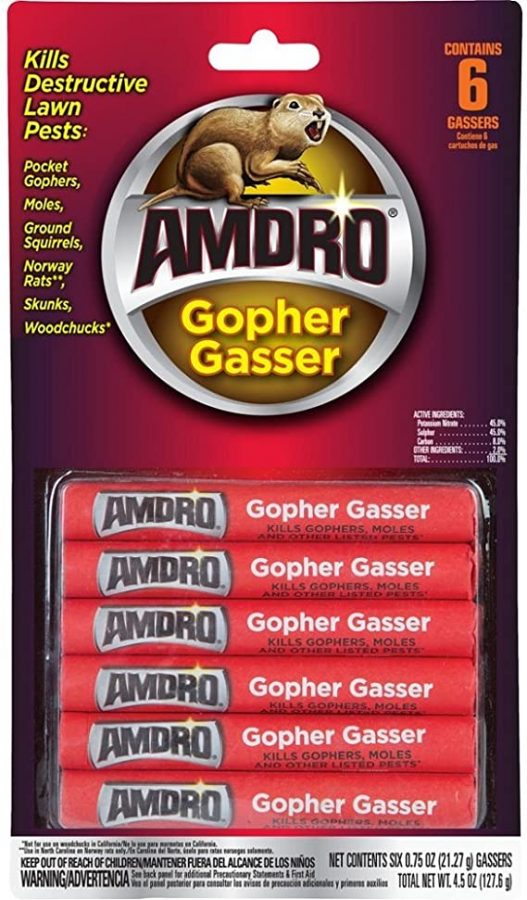Computer and video games make great gifts, but how can you be sure which games are right for your family?
Here’s one easy way — check the rating.
Almost every game sold today is independently rated by the Entertainment Software Rating Board, or ESRB. Game ratings have two parts: rating symbols, which suggest what age group the game is best for and content descriptors, which tell consumers about content elements that may be of interest or concern and help explain why a game received a particular rating.
There are five rating symbols, which are always found on the front of the game box:
EC (Early Childhood) means the game may be suitable for children ages 3 and older.
E (Everyone) means the game may be right for kids 6 and over.
T (Teen) is for ages 13 and up.
M (Mature) means the game is intended for mature audiences and may be appropriate for players 17 and older.
Finally, an AO (Adults Only) rating means the game is not appropriate for children or teens and is intended only for audiences 18 and older.
These rating categories provide quick insight into the age-appropriateness of individual games.
But to take full advantage of the rating system, the ESRB recommends that parents turn the box over and examine the content descriptors — the short, standardized phrases printed on the back.
Content descriptors provide detailed information about what’s in the game and fall into several categories. Categories include educational content, violence, sexual themes, and bad language.
The Entertainment Software Rating Board recently changed the way content descriptors are displayed on game boxes to increase their visibility and ensure that consumers can’t miss the important information they convey.
Now, content descriptors appear alongside the rating symbol on the back of the game box, illustrating how rating symbols and content descriptors work together to help parents and other consumers make informed purchasing decisions.
“The best advice for parents is to check both the rating symbol and the content descriptors every time they’re shopping for computer and video games,” Patricia Vance, president of the Entertainment Software Rating Board, stated in a news release.
The ESRB has created an interactive website —
— where parents can check the ratings of specific game titles before they go shopping.
The Entertainment Software Rating Board is a self-regulatory body established in 1994 by the Entertainment Software Association.





















